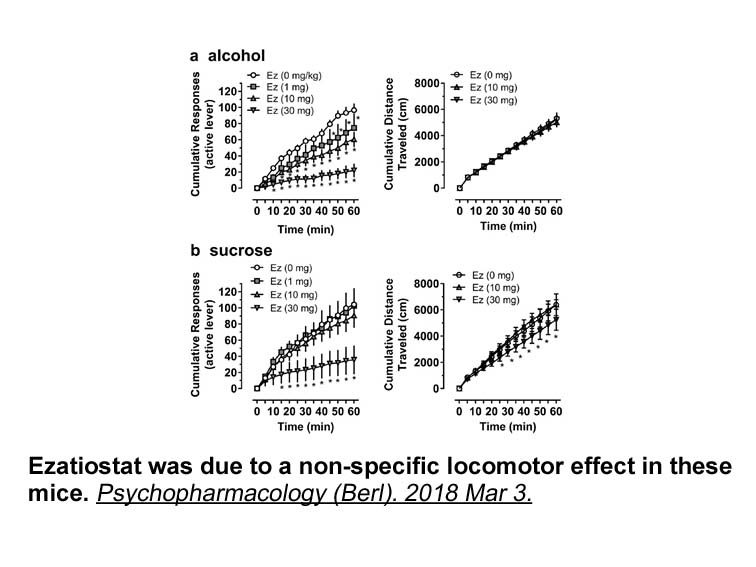Archives
The effect of capital deductions on equilibrium
The effect of capital deductions on equilibrium prices is given by the following comparative statics Thus, equilibrium prices are strictly decreasing in the share of capital cost deduction. The reason is that a higher share of capital cost deduction reduces the effective marginal costs, which makes the firms more aggressive and results in lower prices in equilibrium. This implies that ISO-1 is harder and prices are lower under ACE than CBIT.
Thus, ACE is advantageous to CBIT in oligopoly industries where a given number of firms sell differentiated products and compete in prices, as it removes the price distortions generated by corporate taxation and stimulates price competition among the firms in the industry. This result is consistent with the neutrality properties that have been attributed to the ACE system. However, a key question is whether this neutrality result also holds in the case of endogenous market entry, which is an important characteristic of most real-world industries. Indeed, since ACE implies stronger price competition than CBIT, this may have adverse effects on the firms' decision to enter the market, which could potentially weaken or even offset the gains to ACE. To analyze this question, we first consider the effect of corporate taxation on firms' equilibrium profits.
In general terms, the effect of corporate taxation on firms' equilibrium profits can be written as follows where the first term is the direct effect (when keeping prices fixed) which is by definition always negative (otherwise, we consider a corporate subsidy program). The second term is the strategic effect due to firms' price responses to the change in the corporate tax rate. Using Eq. (10), the strategic effect is given by the following expression which is (weakly) positive. We see that with an ACE scheme (α=1), the strategic effect disappears. This is due to the fact that corporate taxation becomes a de facto lump-sum profit tax under ACE, as explained above. In this case, a higher corporate tax rate has always a negative effect on firms' equilibrium profits. However, with CBIT (no capital cost deduction) or a conventional tax scheme (partial capital cost deduction), the strategic effect is strictly positive and counteracts the direct negative effect. In this case, the net effect of a higher corporate tax rate on firms' equilibrium profits is in principle ambiguous.
Inserting Eq. (8) into Eq. (4), we obtain the following comparative statics which is strictly negative by the equilibrium condition in Eq. (7). Thus, the positive strategic effect is always dominated by the negative direct effect, implying that firms' equilibrium profits are unambiguously decreasing in the corporate tax rate. This result holds irrespective of technology and tax deduction scheme, which only affect the magnitude of the negative impact on equilibrium profits. Indeed, we see from Eq. (12) that technology does not influence the effect of corporate taxation under a CBIT scheme (α=0). However, when firms can deduct capital costs from the tax base (α>0), the negative profit effect of corporate taxation is stronger (weaker) in industries where production is characterized by DRS (IRS ) technology.
As for the corporate tax rate, we can decompose the impact of capital cost deductions on firms' equilibrium profits into a direct and a strategic effect as follows where the direct effect is strictly positive. Allowing for a larger share of capital costs to be deducted from the tax base must by definition increase firms' profits when keeping prices fixed. Using Eq. (11), the strategic effect is given by the following expression which is strictly negative. As shown in Eq. (11), allowing for deduction of capital costs reduces the effective marginal costs and induces the firms to compete more aggressively in prices. Thus, the net effect of capital cost deduction on firms' profits is in principle ambiguous. Inserting Eq.(8) into Eq. (4), we obtain the following comparative statics Interestingly, we see that the negative strategic effect (G′) can actually dominate the positive direct effect of capital cost deduction on firms' equilibrium profits. Indeed, in industries with DRS technology (nG
) technology.
As for the corporate tax rate, we can decompose the impact of capital cost deductions on firms' equilibrium profits into a direct and a strategic effect as follows where the direct effect is strictly positive. Allowing for a larger share of capital costs to be deducted from the tax base must by definition increase firms' profits when keeping prices fixed. Using Eq. (11), the strategic effect is given by the following expression which is strictly negative. As shown in Eq. (11), allowing for deduction of capital costs reduces the effective marginal costs and induces the firms to compete more aggressively in prices. Thus, the net effect of capital cost deduction on firms' profits is in principle ambiguous. Inserting Eq.(8) into Eq. (4), we obtain the following comparative statics Interestingly, we see that the negative strategic effect (G′) can actually dominate the positive direct effect of capital cost deduction on firms' equilibrium profits. Indeed, in industries with DRS technology (nG